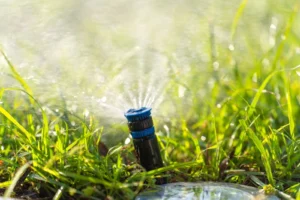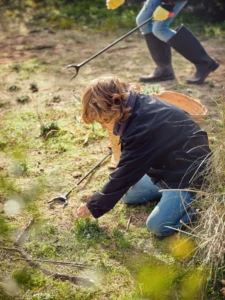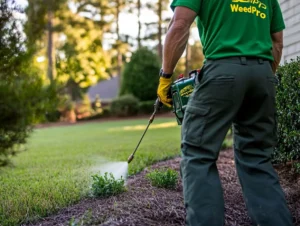Fire ants pose a genuine menace in the Atlanta area due to their painful stings, messy mounds, and the ability to build colonies and expand rapidly, which can impact your family, pets, and landscape. This article will help you identify red imported fire ants, examine professional treatment options, including broadcast applications and mound treatments, discuss why DIY treatments are not effective, provide tips to prevent future infestations, and break down prices for making informed decisions. By the end, you will have an excellent understanding of when to contact a professional, how sustainable Integrated Pest Management operates, and what a custom fire ant control plan looks like.
Atlanta’s fire ant problem: signs and what to look for
For Atlanta residents, fire ants are an aggressive invader that builds distinctive dome-shaped mounds in sunny areas. Fire ants will sting immediately upon being disturbed, posing a threat to both pets and humans. Understanding the appearance, behavior, and activity patterns of fire ants is crucial for safely removing them as quickly as possible and protecting outdoor spaces.
Identifying Fire Ants
Fire ants have distinguishing colors and mound patterns that are crucial to understand for effective control. Fire ants are reddish-brown with darker undersides, and they often build large mounds across lawns. Hybrid colonies can exhibit a mix of characteristics, including the color and size of the mounds, and will generally require professional attention.
Details like these enable us to select the most effective baits and treatments to impact the entire ant colony more efficiently.
Visuals of Fire Ant Nests in Your Atlanta Yard
Fire ant nests in the Atlanta area are primarily smooth, dome-shaped mounds of soil, commonly lacking more visible entrances. Whether a single mound is only 6 to 12 inches tall or 12 to 24 inches wide, there are no identifiable tunnels on the surface to lead back to the nest. Therefore, the nest is underground, and the workers protect it while foraging. Identifying the mound early allows you to treat it before it increases in size or begins to multiply.
Fire Ant Control in Atlanta Properly Done by Professionals
Controlling fire ants effectively on properties in Atlanta involves using a combination of applications and mound treatments to destroy entire colonies, including the queen, while providing residual protection for the turf.
Effective Broadcast Fire Ant Control
Broadcasting is the application of granules or liquids evenly across the grassy area. During broadcast treatment, a protective insecticide barrier is created that worker ants can pick up while foraging and take back to the nests.
- The worker ants will ingest the treated granules and transport them as far as deep tunnels in the mound, which exposes the whole colony to the active ingredient.
- Ongoing coverage will also cover any satellite mounds and will prevent new colonies from forming.
- The treatment can last several weeks or even months, which minimizes the requirement for repetitive follow-ups.
At this point, you will have a complete plan of attack against both established and emerging fire ant colonies.
The Mound Treatment: Exterminating the Queen!
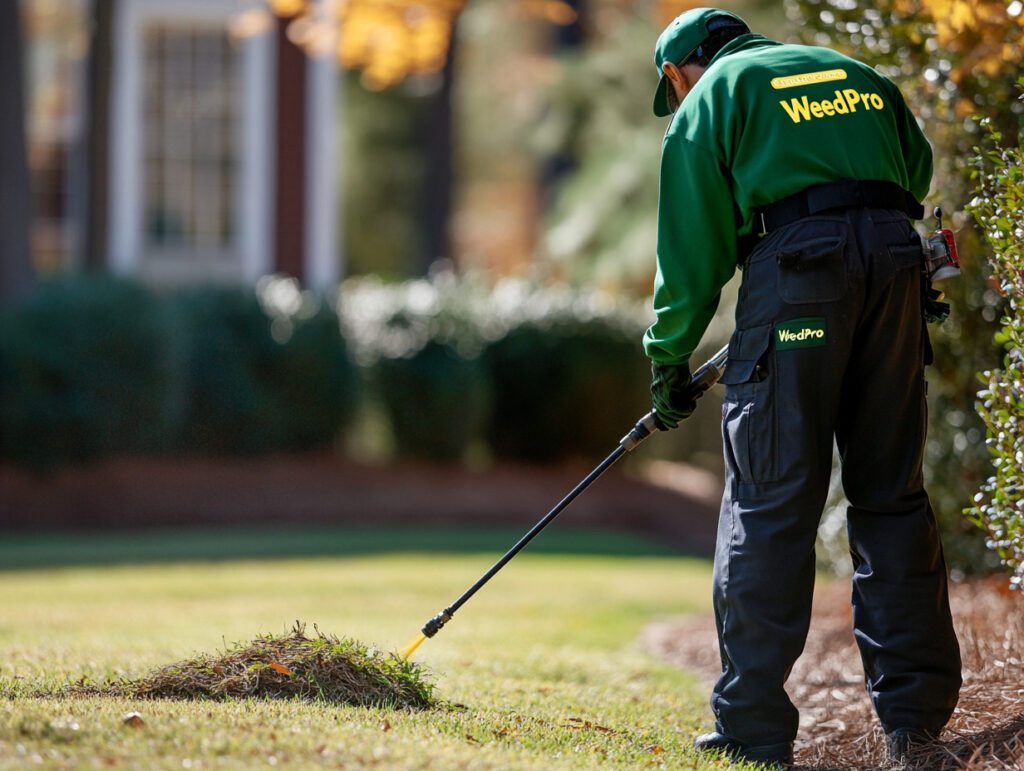
The mound treatment is a finished drench or bait that shouldGet Pro-Level Fire Ant Control be administered directly to the mound and is designed for the worker and queen ants to consume, providing a lethal dose to the colony.
- Specialists will identify and measure each mound.
- A precisely measured amount of insecticide drench or slow-acting bait is applied to the base of the plant.
- The worker ants transport the active ingredients back to the queen’s chamber.
- The structure of the colony will collapse within days, rendering it incapable of reproducing.
The procedure ensures the queen is dead, and new nests will not form new queens.
Top Professional Products Used in Atlanta: TopChoice and Advion
We use professional-grade products that combine powerful active ingredients with long-lasting residual effects for maximum results:
| Product | Active Ingredient | Typical Duration | Key Benefit |
|---|---|---|---|
| TopChoice | Fipronil | Up to 1 year | Forms a protective barrier and handles secondary pests |
| Advion | Indoxacarb | 4–8 weeks | Disables worker ants, facilitating colony-wide transfer and collapse |
Sustainable Fire Ant Control with Integrated Pest Management (IPM)
The Integrated Pest Management (IPM) method is a method for effectively managing fire ant control and minimizing long-term environmental impact. This approach involved management techniques using cultural, biological, and chemical methods.:
- Consistent monitoring and assessment of mound activity.
- Use targeted biological agents or utilize natural predators that can disrupt ant life cycles.
- Timed strategically chemical application to target the time colonies are most vulnerable to be affected.
IPM practice enhances lawn health in the long term and reduces the frequency of pesticide treatments.
Why Professional Fire Ant Control is More Effective in Atlanta than the DIY Method
Professional fire ant control is significantly more effective than DIY methods of pest control, as we specifically target entire colonies, including the queen, to ensure your landscape remains protected from re-infestation.
The Downside of Fire Ant Killers Bought Over the Counter
Fire ant products bought over the counter typically have weak insecticides that need to be reapplied frequently. The products do not provide long-term protection and will not eliminate the queen, which can lead to continuing or recurring mounds, regardless of the amount applied.
Care Practices in Keeping Fire Ants Away
Maintain a thick and healthy turf by regularly cutting at the appropriate height, applying balanced fertilization, performing timely aeration, and overseeding as needed. A consistent and thick healthy turf prevents fire ants from utilizing any gaps to build a colony.
The Role of Moisture in Fire Ant Removal
Fixing leaking irrigation systems, improving soil drainage, and avoiding overwatering will eliminate the damp environment that fire ants prefer for nesting. This decreases the likelihood of new mounds forming in and around your home or walkways.
Groundcover Plants Fire Ants Avoid
Strong ground cover, such as creeping thyme, ajuga, and ornamental grasses, is not of interest to fire ants because they have tightly knit root systems, and there is very little soil exposed in the heat. Compared to mulch beds or bare areas of lawn, these plants appeal less to fire ants.
When to Schedule Professional Preventative Treatments in Atlanta
The ideal times for preventative treatments are early spring (March–April), before colonies have begun to build up and growth takes off, and then again in late summer (August–September) when queens are starting to establish new nests. Both of these times will provide the quickest service to intercept underground ant colonies before they become active, effectively keeping your yard protected in the long term.
Understanding the Expenses for Fire Ant Control and the Service of Fire Ant Control in Atlanta
The cost of professional fire ant control in Atlanta depends on the property size, the severity of the infestation, and the frequency of service required. Most of the time, one-time treatments range from $100 – $300. An ongoing plan will be priced lower and will also provide continuous service over time.
Why Investing in Professional Fire Ant Control is a Smart Move
Fire ant control is worth the cost because it helps to prevent damage to your lawn, minimizes chances of being stung, and can save you money over the long run by controlling the fire ant colony at the source and completing ongoing care.
When Are Fire Ants Most Active?
The most active time of year for fire ants to be noticed in Atlanta is late spring through early fall, particularly as the soil temperature rises above 70 degrees Fahrenheit, allowing an explosion of colony growth and foraging.
- April – June: Queens emerge from hibernation and begin to establish new nests.
- July – August: Worker populations explode, and mounds are very observable.
- September-October: The expansion of colonies slows, but the established nests continue to be active.
Scheduling treatments during the most active times of year for fire ants will facilitate the management of multiple activities, as the insecticides are effective in deterring or lessening the fire ants’ ability to establish nests.
Get Pro-Level Fire Ant Control
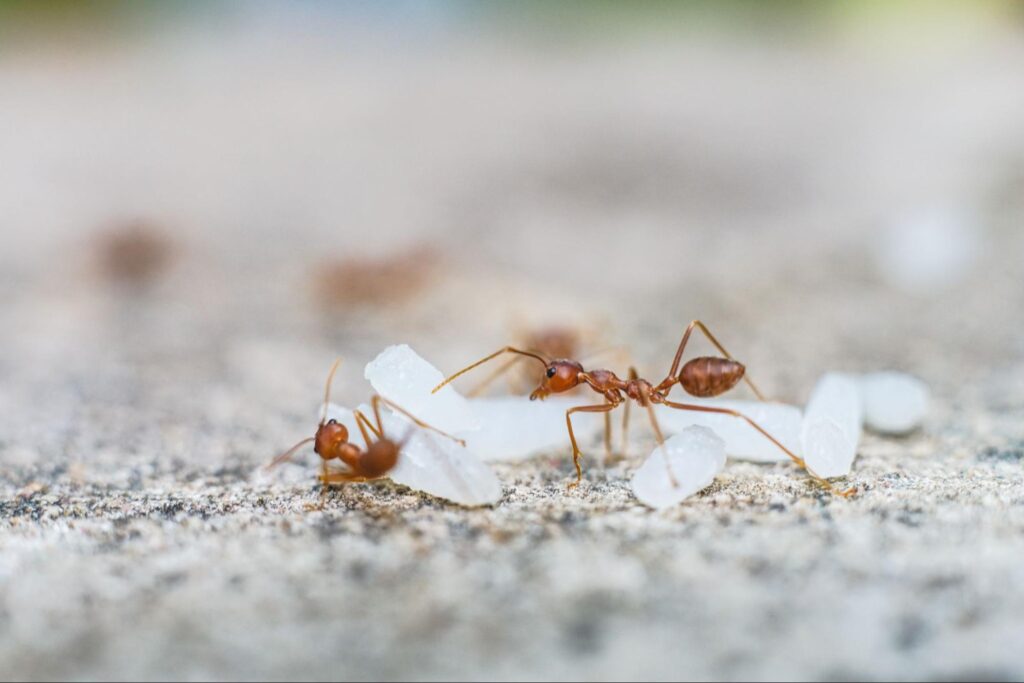
Fire ants are persistent, but Weed Pro is more relentless. We combine professional-grade treatments, strategic scheduling, and years of local experience to eliminate fire ants at the source. Whether you manage a home, a commercial space, or multiple properties, our team delivers safe, effective control with minimal disruption. Stop letting fire ants ruin your lawn—and your peace of mind.
👉 Contact us today to get a customized fire ant control plan tailored to your Atlanta property.
❓ FAQ
Are commercial fire ant treatments different from residential ones?
They’re often stronger and cover larger areas, but still use turf-safe methods.
How long do professional fire ant treatments last?
Typically 6–12 months, depending on property size and conditions.
Are treatments safe for pets and children?
Yes, when applied properly and allowed to dry, they’re safe for families and pets.
🔗 Up Next: Beat Weeds Before They Start
Head to our next article: “Why Pre-Emergent Treatments Are a Must for Atlanta Lawns.“


